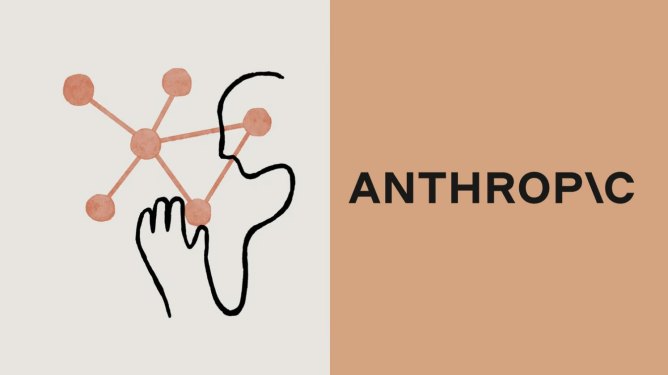In recent years, the development of artificial intelligence (AI) has accelerated at an unprecedented rate. One area that has gained significant attention is the creation of text-generating AI systems, such as OpenAI’s ChatGPT and GPT-4. However, these systems have been criticized for their biases, inaccuracies, and lack of transparency. In response to these concerns, Anthropic, a startup backed by Google, has developed an innovative approach called Constitutional AI, which aims to align AI systems with specific goals and values.
What is Constitutional AI?
Constitutional AI is a framework that allows developers to create AI systems that are guided by a set of principles, or "constitution," that define their behavior and decision-making processes. This constitution can be thought of as a set of rules or guidelines that the AI system must follow in order to achieve its objectives.
How does Constitutional AI work?
Anthropic’s approach involves creating a constitution for each AI system, which is then used to guide its behavior and decision-making processes. The constitution is designed to be flexible and adaptable, allowing developers to modify it as needed based on the performance of the AI system.
The process of developing a constitution involves several key steps:
- Defining the goals and objectives: The first step in creating a constitution is to define the goals and objectives of the AI system.
- Identifying the principles: Based on the goals and objectives, a set of principles or guidelines are identified that will govern the behavior of the AI system.
- Designing the architecture: The next step is to design the architecture of the AI system, which includes specifying the data structures, algorithms, and other components that will be used to implement the constitution.
Benefits of Constitutional AI
Constitutional AI offers several benefits over traditional approaches to AI development:
- Improved transparency: By making the constitution explicit, developers can provide greater transparency into how the AI system makes decisions.
- Increased accountability: The constitution provides a clear framework for evaluating the performance and accountability of the AI system.
- Better alignment with goals: The constitution ensures that the AI system is aligned with its intended goals and objectives.
Challenges and Limitations
While Constitutional AI offers several benefits, there are also some challenges and limitations to consider:
- Complexity: Creating a constitution can be complex and time-consuming, requiring significant expertise in AI development.
- Flexibility: The constitution must be flexible enough to adapt to changing circumstances and requirements.
- Scalability: As the size and complexity of the AI system grow, the constitution may need to be updated or modified.
Conclusion
Anthropic’s Constitutional AI approach offers a promising solution for aligning AI systems with specific goals and values. By providing a clear framework for evaluating performance and accountability, Constitutional AI can help ensure that AI systems are developed in a responsible and transparent manner. While there are challenges and limitations to consider, the benefits of Constitutional AI make it an exciting development in the field of AI.
Future Developments
Anthropic plans to explore ways to "more democratically" produce a constitution and offer customizable constitutions for specific use cases. This could involve incorporating feedback from users or other stakeholders into the creation of the constitution, as well as providing tools for developers to customize the constitution for their specific needs.
Competing Approaches
Other startups, such as Cohere and AI21 Labs, are also developing text-generating AI systems. Google is among Anthropic’s investors, having pledged $300 million in support for a 10% stake in the startup.
Related News
- Microsoft forms new internal dev-focused AI org
- OpenAI presents its preferred version of AI regulation in a new ‘blueprint’
- The first AI chip startup to go public in 2025 will be Blaize



